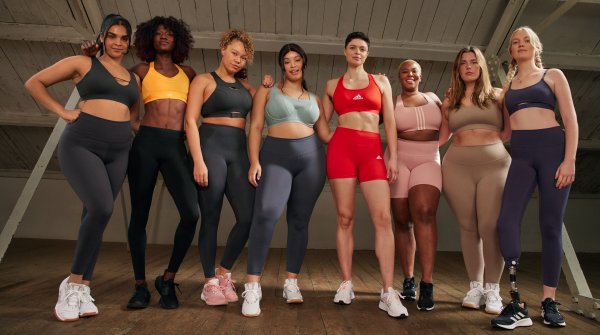With new sportswear, make sure that the individual parts fit together. The magic word here is: onion look. This means that the different fabrics should be easy to wear on top of each other. It is best to buy basic clothes in muted colors and combine them with more colorful pieces. When choosing the three layers, it is essential to consider your personal needs: Do you tend to freeze or sweat a lot? Accordingly, choose the first layer on the skin, and the last layer on the outside according to its function. You want dry skin and protection from wind and weather at the same time...
A little tip: functional sportswear often contains microplastics; once you've bought the new items, it helps the environment if you wash them in a laundry net. These catch the microplastic to a certain extent.
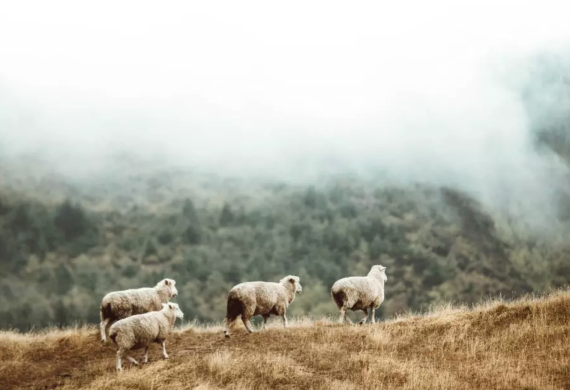
It warms in the cold, cools in the heat, is super soft and as durable as it is easy to care for: Merino wool has many natural superpowers that make it the ideal material for outdoor clothing and a truly sustainable alternative to synthetic fibres. It also dries much faster than cotton, for example. Another advantage: it does not absorb unpleasant odours for a long time.
What's more, merino wool is a truly sustainable raw material because it grows naturally and conserves resources, is durable and degrades without leaving any residue. Standardized seals tell you whether the new wool was traded fairly and comes from environmentally friendly, species-appropriate animal husbandry.
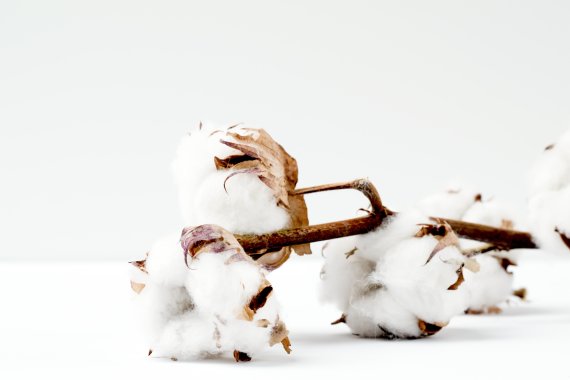
Cotton is one of the oldest and most important raw materials in the textile industry. However, it is only suitable to a limited extent for outdoor fabrics and active wear. Nevertheless, it also plays a major role in this sector: in treated form, coated or as part of blended fabrics.
Cotton is a renewable raw material. The fibres are very soft and provide a pleasant feeling on the skin. However, cotton fabrics dry poorly and are not breathable. Another disadvantage is that conventional cotton cultivation requires an extremely large amount of water. The consumption of organic cotton is also not insignificant, but significantly less than conventionally grown plants. In addition, the use of chemicals and genetically modified seeds is prohibited.
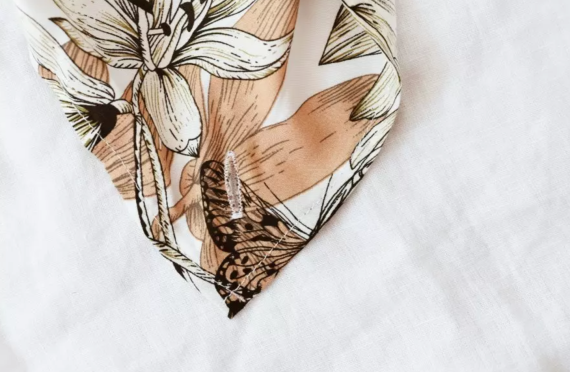
Viscose is one of the most popular raw materials in the textile industry. It is soft like silk, but much cheaper and less complicated, particularly skin-friendly and also climate-regulating. A fibre made for sportswear and outdoor textiles. Viscose is made in a chemical process from cellulose, which is contained in wood. This process is the reason why viscose is a semi-synthetic raw material.
No petroleum is used in the production of viscose and cellulose cultivation mostly does not use pesticides. Nevertheless, conventional viscose is not sustainable because the chemical process is extremely energy-intensive.
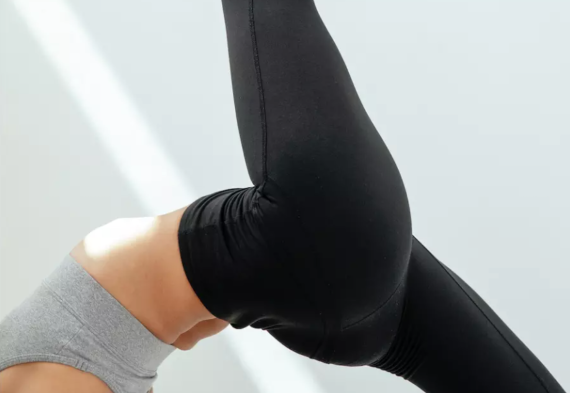
The synthetic fibre elastane, also called "Lycra" or "Spandex", is added to almost all sportswear. It ensures the best performance, fit and comfort. This is because the synthetic fibre can be stretched up to 700 percent without wearing out.
But: spandex is produced in the chemical laboratory on a synthetic basis. According to the EU Textile Labelling Regulation, it must consist of at least 85 percent polyurethane, a material obtained from crude oil and natural gas. The production process requires an enormous amount of energy, and the intermediate products produced are problematic for the environment. To date, it has also not been possible to develop a mature process for recycling synthetic materials such as spandex.

The synthetic fibre polyester is an umbrella term for numerous textiles and fabrics.
Polyester yarn is used to make fleece or neoprene, for example. Polyester fibres are three times finer than silk and can be woven into super small-pored fabrics that are wind and waterproof. Mostly, the synthetic fibers are made of polyethylene terephthalate - PET for short - or polycarbonate, but numerous other plastics also provide the basis for polyester.
Big problem: The synthetic fibre is so robust that it can hardly be degraded. In the washing machine microplastic from the polyester fabric in the washing machine and ends up in the environment via wastewater. And there are also downsides to the production process. Although less water is needed than in the production of cotton, the energy input is much higher. Polyester is made from petroleum and is not only found in textiles, but also in PET bottles, plastic-containing products and packaging.
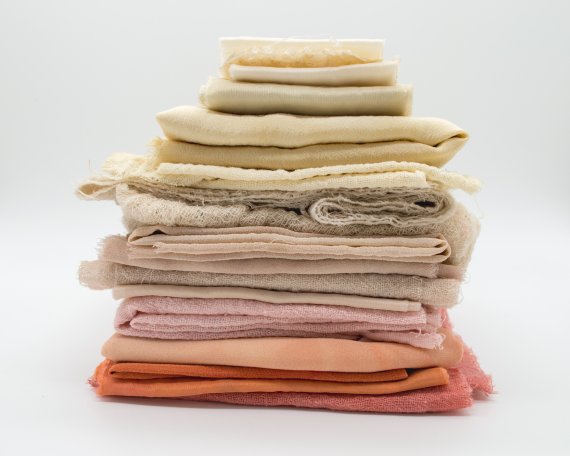
Rarely are garments made from just one ingredient: Blended fabrics of cotton and polyester, merino wool and spandex, viscose and nylon - the possibilities are endless. The aim of the combination is to compensate for their disadvantageous properties or to combine the different advantages.
Even though blended fabrics made of natural and synthetic fibres have many positive features, their combination is not entirely unproblematic. Every synthetic fibre releases microplastics when it is washed, and these end up directly in the environment via waste water. What's more, there is as yet no mature technology for recycling synthetic fibres from blended fabrics, because it is very difficult to separate the different components.
- ISPO awards
- Mountain sports
- Bike
- Design
- Retail
- Fitness
- Health
- ISPO Job Market
- ISPO Munich
- ISPO Shanghai
- Running
- Brands
- Sustainability
- Olympia
- OutDoor
- Promotion
- Sports Business
- ISPO Textrends
- Triathlon
- Water sports
- Winter sports
- eSports
- SportsTech
- OutDoor by ISPO
- Heroes
- Transformation
- Sport Fashion
- Urban Culture
- Challenges of a CEO
- Trade fairs
- Sports
- Find the Balance
- Product reviews
- Newsletter Exclusive Area
- Magazine




